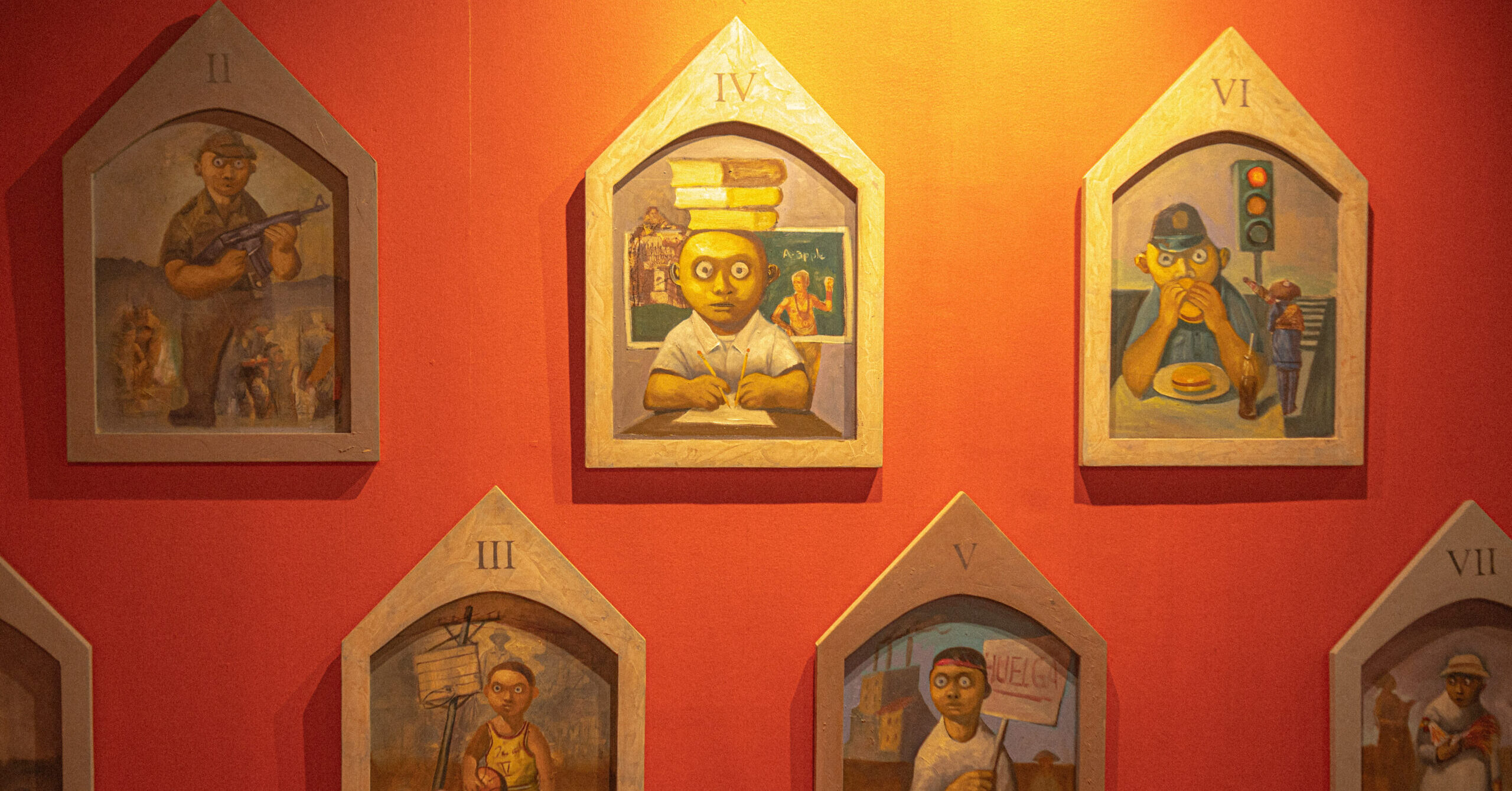THERE has never been a more opportune—or important— time to read about Martial Law. Between the current discussion on emergency powers or the debate over the possible burial of former President Ferdinand Marcos at the Libingan ng mga Bayani, there has never been a greater need for explanatory reportage on what happened beginning in September of 1972 when Filipinos first heard of Proclamation No. 1081.
Perhaps this is also because there is a noticeable wave of denials about the human rights violations committed by the Marcos regime. Perhaps it is because even Malacañang’s online gazette—whether intentionally or not—initially omitted references to Martial Law and Marcos’ subsequent exile.
So there has never been a better time to read “Marcos Martial Law: Never Again” by Raissa Robles, edited by Alan Robles (Filipinos For A Better Philippines, Quezon City, 2016, 268 pages).
This oversized book has an outsized purpose. “This is merely a short and compact introduction to the atrocities and torture committed by the Martial Law regime,” the journalist Robles writes in her introduction. “It is not a detailed history of Martial Law nor is it a biography of Ferdinand Marcos. Those elements are mentioned in order to put the atrocities in context.”
Yet “Never Again” is extremely detailed in its chronicle of the Marcos machine’s brutality during that particular period in time. The “Never Again” part of the title clearly establishes how the author feels about martial law, but that never gets in the way of her reportage.
That does not dull the bloodletting conclusions: “Marcos’ regime was a grisly one-stop butcher shop for human rights abuses, a system that swiftly turned citizens into victims by dispensing with inconvenient requirements such as constitutional protections, basic rights, due process and evidence.”
Tortured and abused
Relentlessly and precisely, Robles tells the stories of those who were tortured and otherwise abused by the authorities during the Marcos years. This includes the ones whom we may already know about and those we don’t. It includes those who survived (Pete Lacaba,
Hilda Narciso) and those who didn’t (Eman Lacaba, Luis Manuel Mijares). It is proof that Proclamation 1081 is not a mere announcement but a turn of the screw that was spelled out with lost lives and scarred futures.
Robles surveys the twisted landscape of the particularly chilling is Robles’ explanation of the various techniques employed by interrogators—some with illustrations or photographs—such as the “San Juanico Bridge,” “Pompyang” and “Wet Submarine.” This is complemented by a recollection of the centuries-old tradition of torture in Philippine society, as well as the legacy of such actions, stretching into the post-Marcos years.
This isn’t hysterical all-caps polemical yelling. This is a logical and exhaustive presentation of the facts dealing with arrests and torture during Martial Law, backed, literally by 40 pages of notes, sworn statement, evidence and affidavits at the end of “Never Again.” There are many sub stories told virtually in the victims’ own words, or those of the activists and investigators.
While dealing out the horrifying truth, “Never Again” is masterfully designed by Felix Mago Miguel and features an illuminating foreword by Rene Saguisag.
While those who grew up and lived during martial law will find answers in “Never Again,” it is those who didn’t have to live through Martial Law, those who were born after it, who should consider this book a must-read. Any credible reflection on what martial law really was requires a reading of “Never Again.”
While physically big, “Marcos Martial Law: Never Again” is also figuratively the big book of Martial Law, standing as a definitive chronicle of this terrible time in Philippine history, especially for those who will inherit its consequences.
Available from National Book Store.














































